Written by Morag Stewart
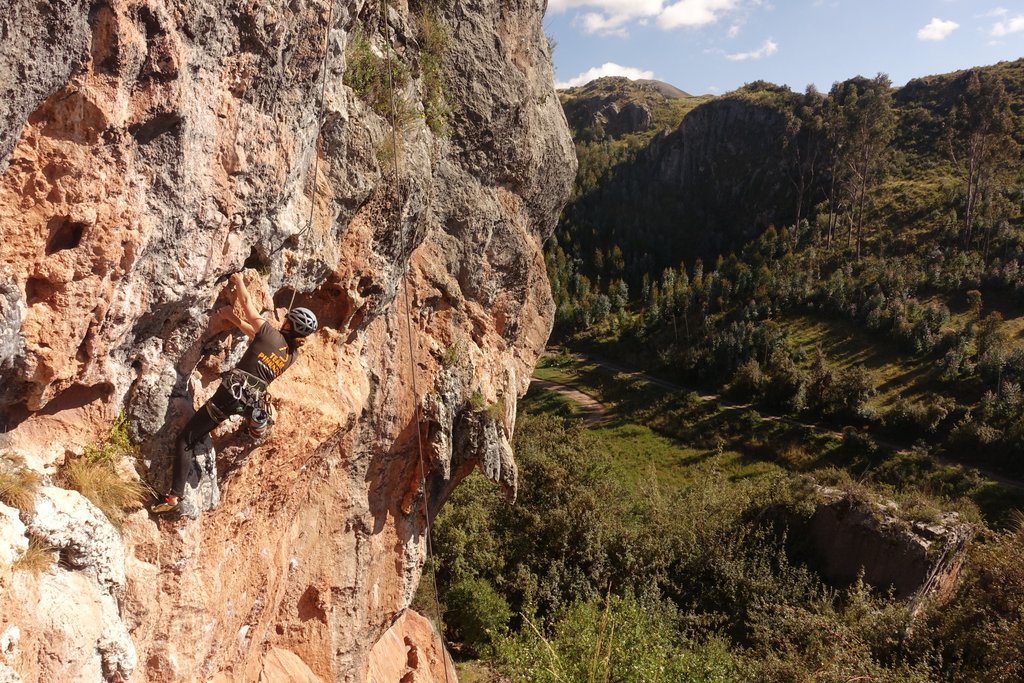
Goal-setting is common among climbers, a method of committing ourselves to a particular challenge, or a dream route we might want to conquer. Having goals in place helps us stay motivated and focused, and if we achieve them, gives us something to talk about to our friends (aka the humblebrag).
For most climbers, it seems that goals are commonly grade or route-related. For example, probably 90% climbers I meet will say ‘I want to be able to climb a (insert grade here)’, and when I first started climbing a few years ago, I thought that this must be the only way to set goals in climbing. Similarly, for mountaineering or adventure climbing objectives, it is usually the reaching the summit via a particular route that is the goal (unless you are Mark Twight and don’t need to reach the summit to be a bad-ass). Put simply, these goals are result-based and focus on completing an objective as the means of quantifying success.
While I cannot discount the use of setting goals and challenges, the past five months of travelling on a year-long climbing adventure has really taught me that we need to be not so uninventive or rigid in our goal-setting. Prior to the trip, my goals were not very specific, as I think I was not entirely aware of what challenges would be presented, both climbing and non-climbing varieties. This saw me borrowing from other people’s goals and adopting a rather ‘go with the flow’ attitude.
However, in doing this and having the archetypical ‘must climb harder grades’ mentality embedded into me, I began to feel as though I hadn’t achieved anything in several months of climbing. And as one can imagine, this didn’t do much for my self-esteem! But when I looked back, I realised I had climbed in five different countries, covering sport, traditional and alpine/mountaineering styles. To compare these directly is absolutely ridiculous, I now realise!
You don’t have to be on a year-long climbing holiday to be in a similar situation... Perhaps you are not at a point in your climbing career where objective-based goal setting makes much sense. So, let’s look at why grade or summit objectives don’t always work and think of some different methods for setting goals instead.
Rock climbing goals AKA Grades
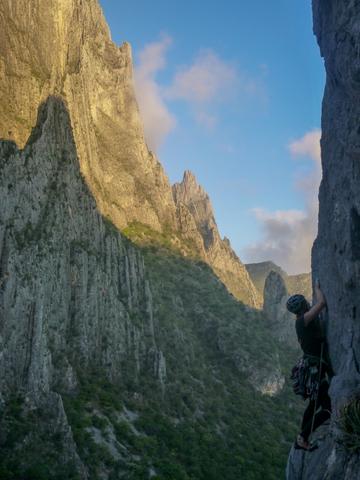 Think about how much variation exists in routes that are supposedly of the same grades within some crags. This variation can be largely due to the routes being developed at different times and by different people, but can also be due to variation in our personal climbing styles. Further variation in routes of the same grades among different crags but within the same country, can obviously be attributed to different rock types and the style of climbing at the crag.
Think about how much variation exists in routes that are supposedly of the same grades within some crags. This variation can be largely due to the routes being developed at different times and by different people, but can also be due to variation in our personal climbing styles. Further variation in routes of the same grades among different crags but within the same country, can obviously be attributed to different rock types and the style of climbing at the crag.
And this is within the same country… when you start comparing across different parts of the world and throw in different grading systems, it soon becomes evident that grades as an indicator of your rock climbing success will be as messy as your gear explosion after unpacking your expedition pack.
Over the last four months, I’ve climbed at over 10 different crags in five different countries and if I was measure my success at these crags by grade, I would definitely have gone backwards. However, these crags have all required different styles and included at least five different rock types (limestone, sandstone, granite, various volcanic substrates etc.), and therefore it would extremely short-sighted of me to say that I haven’t improved or achieved anything.
Borrowing from British bad-ass climber and author, Dave MacLeod, the best climbers are those that can climb a variety of styles and routes, therefore we need to embrace and enhance our weaknesses. In this context, the last four months has meant that I am definitely becoming a better all-rounder at climbing, as I think less than 10% of the rock routes I have climbed have been what I would consider my strength (technical crack climbing, no overhangs please). It is only natural that I’m not pushing my grades much higher than when I left home, where I’m familiar with the style and rock type.
However, ‘get better at all types of climbing’ seems like a very ambiguous goal, so how can it be measured? In order to improve in various styles, for example slab, crack, overhangs, techy face etc, committing to climb a certain number of routes/metres on those specific terrain types would steer us in the right direction. Working your weaknesses will involve a bit of dedication (and swearing), but will make you a better all-round climber.
Mountaineering Goals AKA Summits
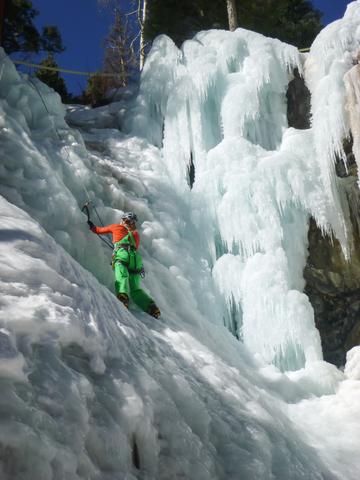 When first agreeing to spend a couple of months mountaineering in Bolivia and Peru, I must admit, that I didn’t entirely know what I was agreeing to. At that stage, it seemed kind of easy and natural to adopt particular mountain summits as the goal.
When first agreeing to spend a couple of months mountaineering in Bolivia and Peru, I must admit, that I didn’t entirely know what I was agreeing to. At that stage, it seemed kind of easy and natural to adopt particular mountain summits as the goal.
I now realise that my level of mountain fitness and skill, as well as the complexities involved in the mountain environments, make these types of goals not very useful when trying to track any progress. Similar to my rock climbing motivations, my mountain goals need to be structured around developing skills that allow me to have amazing adventures, summit or not.
Prior to this trip, I had never picked up ice tools or worn crampons. I hadn’t even touched snow in a decade or more and I certainly had never been at altitude (I think my altitude record was around 2900m?). So as a beginner mountaineer, it would make more sense for my goals to be structured around the amount of time spent in the mountains. I’m no stranger to carrying a heavy pack for a week, but carrying a heavy pack at altitudes of up to 5500m on snow and ice of up to 55 degrees in gradient is definitely new to me.
Therefore, the types of goals I can start setting for myself in a mountaineering sense needed to be re-framed. A better goal for me is to “build experience on snow, ice and moraine.” Of course, I still need a venue to practice these skills, but when the skills themselves form the outcome, I don’t necessarily need to top out to achieve my goals., A summit is a nice feather in the cap, but it can easily go by the wayside when I consider the variables of altitude, partners, weather/environmental conditions, and technical grade. Logging hours is far more important than logging summits at this point in my mountaineering career!
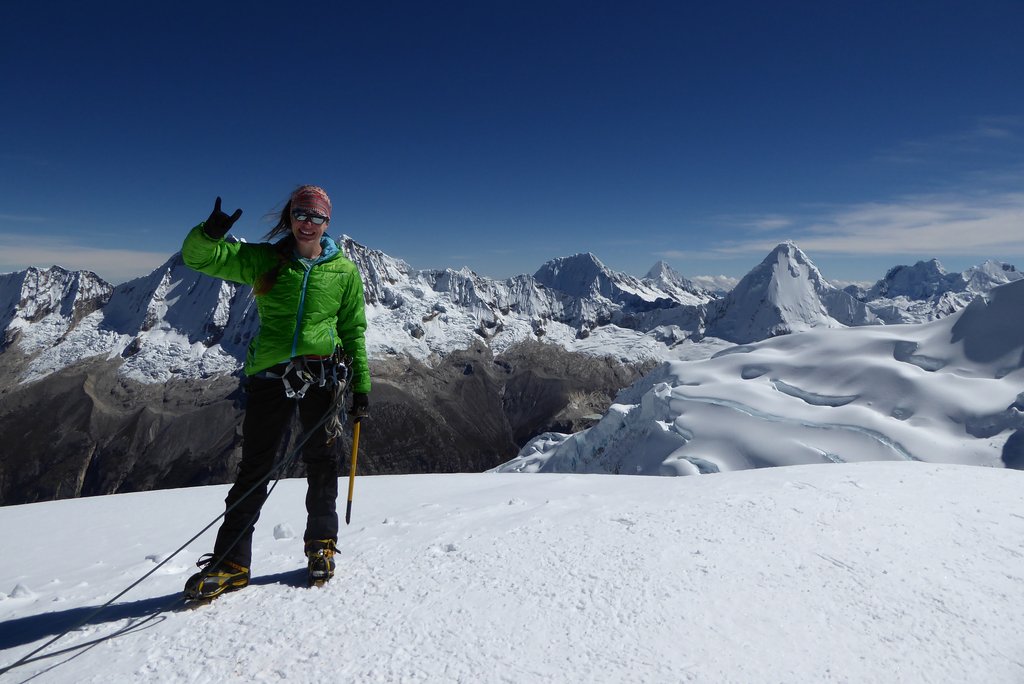
Summary
Just because grade and summit related outcomes are the most common forms of goal setting, doesn’t mean they are right for you. Even if your dream route is an M12 5.13b X A5 Patagonian horrorshow named “The Widow Maker”, you can still use a skills-based approach in goal setting to build the foundations you’ll need to make your summit/grade objective a reality.
But at the end of the day, know this… climbing is all about the journey, not the destination.
Morag Stewart
August 2018
Looking for more great reads? Subscribe to our newsletter to stay up to date with the latest climbing tech, crag recommendations and upcoming events.

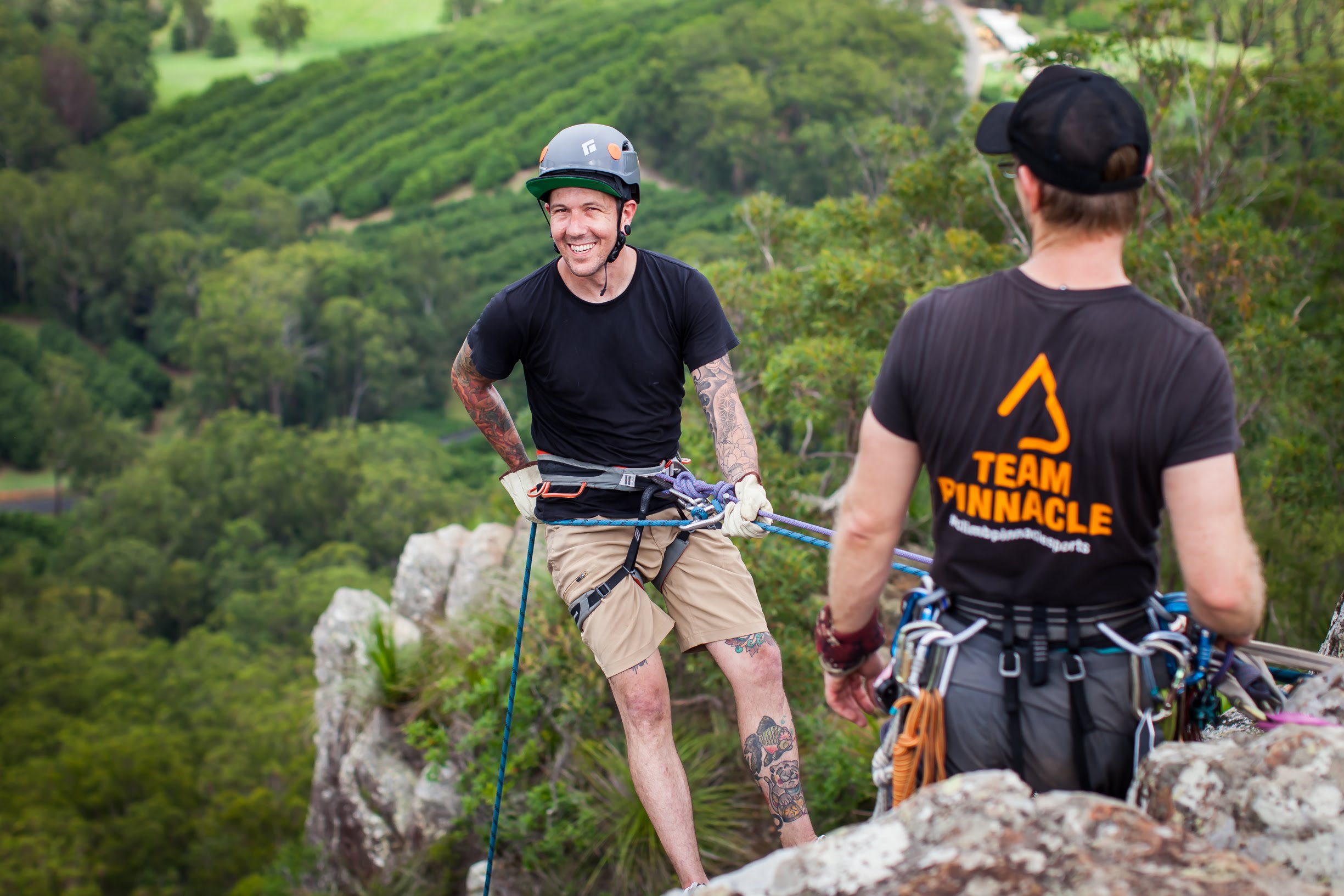

 Think about how much variation exists in routes that are supposedly of the same grades within some crags. This variation can be largely due to the routes being developed at different times and by different people, but can also be due to variation in our personal climbing styles. Further variation in routes of the same grades among different crags but within the same country, can obviously be attributed to different rock types and the style of climbing at the crag.
Think about how much variation exists in routes that are supposedly of the same grades within some crags. This variation can be largely due to the routes being developed at different times and by different people, but can also be due to variation in our personal climbing styles. Further variation in routes of the same grades among different crags but within the same country, can obviously be attributed to different rock types and the style of climbing at the crag. When first agreeing to spend a couple of months mountaineering in Bolivia and Peru, I must admit, that I didn’t entirely know what I was agreeing to. At that stage, it seemed kind of easy and natural to adopt particular mountain summits as the goal.
When first agreeing to spend a couple of months mountaineering in Bolivia and Peru, I must admit, that I didn’t entirely know what I was agreeing to. At that stage, it seemed kind of easy and natural to adopt particular mountain summits as the goal.




